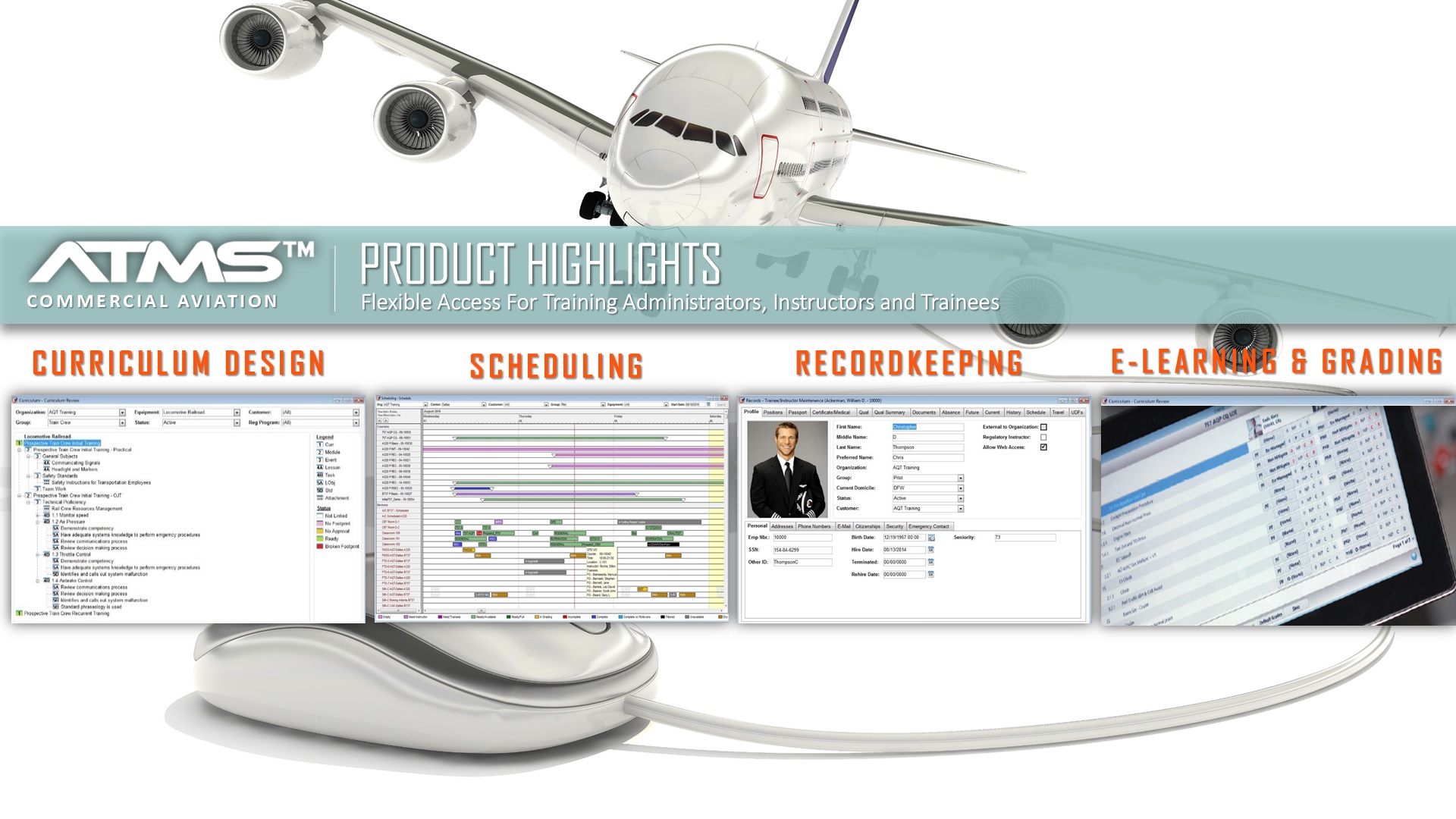New Small Drone Rules Start Today
WASHINGTON – New Small Drone Rules Start Today. Transportation Secretary Anthony Foxx and Federal Aviation Administration (FAA) Administrator Michael Huerta today announced the implementation of the first operational rules for routine non-hobbyist use of small unmanned aircraft systems (UAS or “drones”). The regulations on June 21, 2016 officially take effect today.
“People are captivated by the limitless possibilities unmanned aircraft offer, and they are already creating business opportunities in this exciting new field,” said Secretary Foxx. “These new rules are our latest step toward transforming aviation and society with this technology in very profound ways.”
“The FAA’s role is to set a flexible framework of safety without impeding innovation,” said Administrator Huerta. “With these rules, we have created an environment in which emerging technology can be rapidly introduced while protecting the safety of the world’s busiest, most complex airspace.”
The provisions of the new rule – formally known as Part 107 –are designed to minimize risks to other aircraft and people and property on the ground. A summary is available here: http://www.faa.gov/uas/media/Part_107_Summary.pdf
Effective today, the FAA has several processes in place to help users take advantage of the rule:
- Waivers. The agency is offering a process to waive some of the rule’s restrictions if an operator demonstrates the proposed flight will be conducted safely under a waiver. Users must apply for these waivers at the online portal located at www.faa.gov/UAS.
- The FAA is issuing more than 70 waivers today, based on petitions for Section 333 exemptions. These waivers will be posted on September 1. The majority of the approved waivers were for night operations under Part 107.
- Airspace Authorization. Users can operate their unmanned aircraft in Class G (uncontrolled) airspace without air traffic control permission. Operations in Class B, C, D and E airspace need air traffic approval. Users must request access to controlled airspace via the electronic portal at www.faa.gov/UAS.
The FAA will evaluate airspace authorization requests using a phased approach.
Operators may submit their requests starting today, but air traffic facilities will receive approved authorizations, if granted, according to the following tentative schedule:
- Class D & E Surface Area October 3, 2016
- Class C October 31, 2016
- Class B December 5, 2016
The FAA will make every effort to approve requests as soon as possible, but the actual processing time will vary, depending on the complexity of an individual request and the volume of applications the FAA receives. The agency is urging users to submit requests at least 90 days before they intend to fly in controlled airspace.
The FAA will use safety data from each phase to ensure appropriate mitigations are in place as small UAS operations are integrated into controlled airspace.
• Aeronautical Knowledge Test. Testing centers nationwide can now administer the Aeronautical Knowledge Test required under Part 107. After an operator passes the test, he or she must complete an FAA Airman Certificate and/or Rating Application to receive a remote pilot certificate at:
https://iacra.faa.gov/IACRA/Default.aspx
It may take up to 48 hours for the website to record that the applicant has passed the knowledge test. The FAA expects to validate applications within 10 days. Applicants will then receive instructions for printing a temporary airman certificate, which is good for 120 days. The FAA will mail a permanent Remote Pilot Certificate within 120 days.
In the future, the FAA also will address operations not covered by Part 107 without a waiver, including operations over people, beyond line of sight operations, extended operations, flight in urban areas, and flight at night.
Part 107 does not apply to model aircraft. Model aircraft operators must continue to satisfy all the criteria specified in Section 336 of Public Law 112-95 (which is now codified in part 101), including the stipulation they be operated only for hobby or recreational purposes. Click here for more information on hobby or recreation uses.







